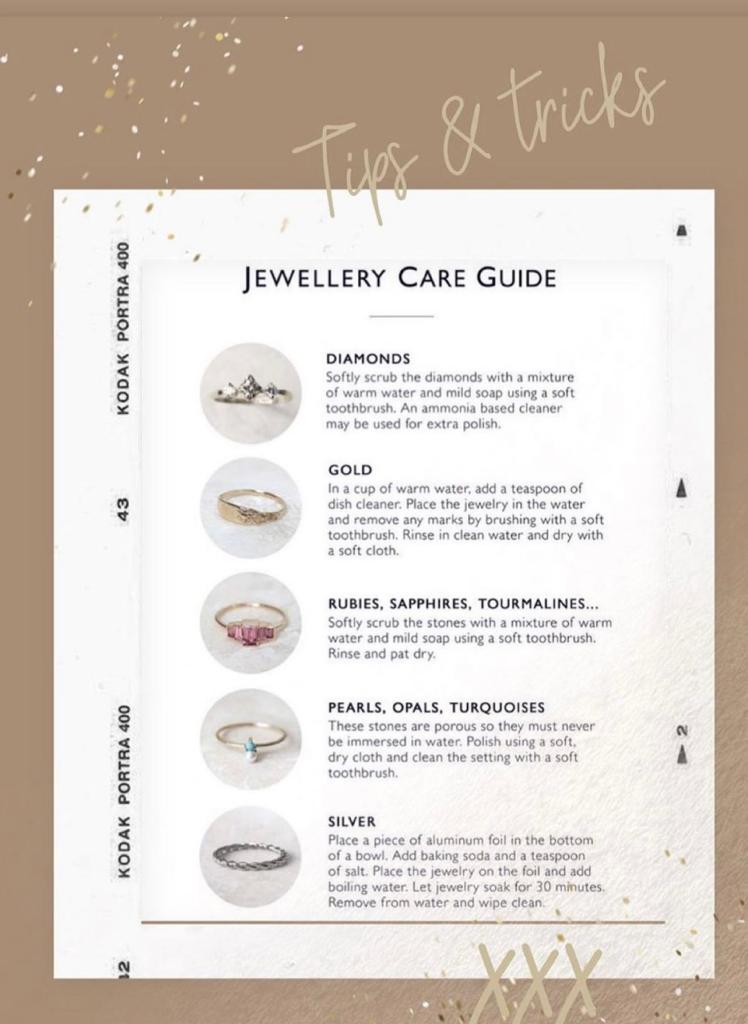
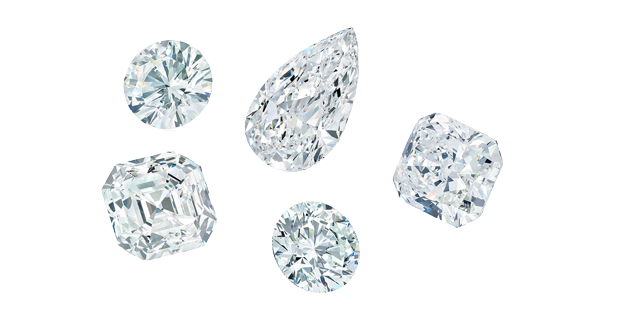
Diamonds
Softly scrubs the diamonds with a mixture of warm water and mild soap using a soft toothbrush, An ammonia-based cleaner may be used for extra polish.
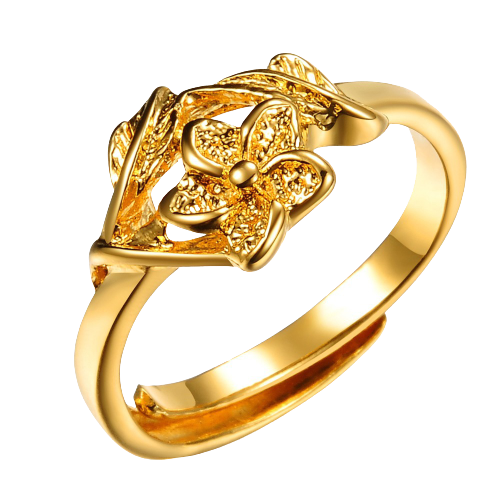
Gold
In a cup of warm water, add a teaspoon of dish cleaner Place the jewellery in the water and remove any marks by brushing with a soft toothbrush. Rinse in clean water and dry with a soft cloth.
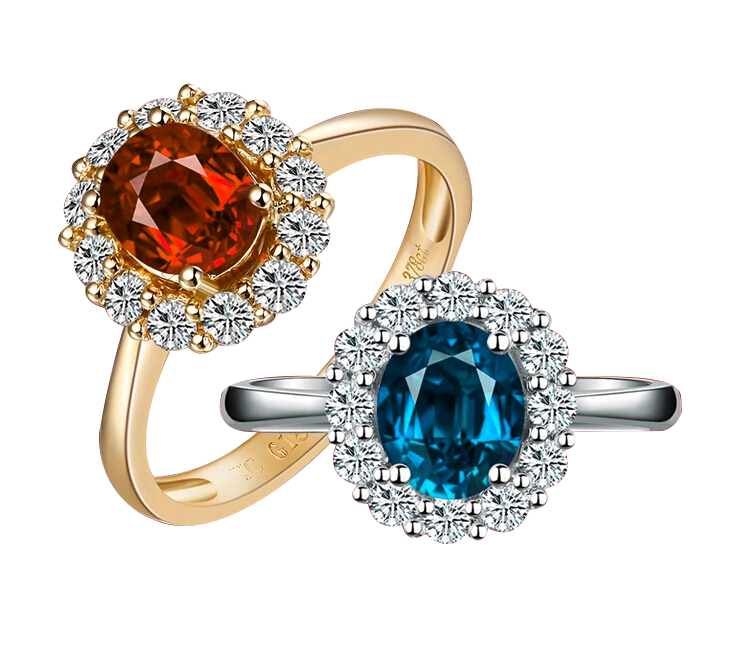
Rubies, Sapphires, Tourmalines
Softly scrub the stones with a mixture of warm water and mild soap using a soft toothbrush, Rinse and pat dry.

Pearls, Opals, Turquoises
These stones are porous so they must never be immersed in water. Polish using a soft, dry cloth and clean the setting with a softToothbrush.
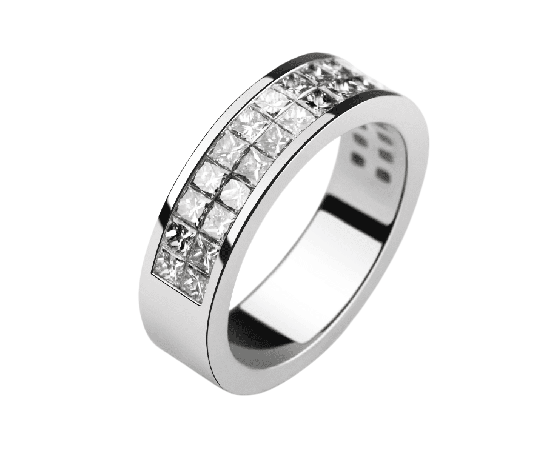
Silver
Place a piece of aluminium foil in the bottom of a bowl. Add baking soda and a teaspoon of salt. Place the jewellery on the foil and add boiling water. Let jewellery soak for 30 minutes. Remove from water and wipe dean.
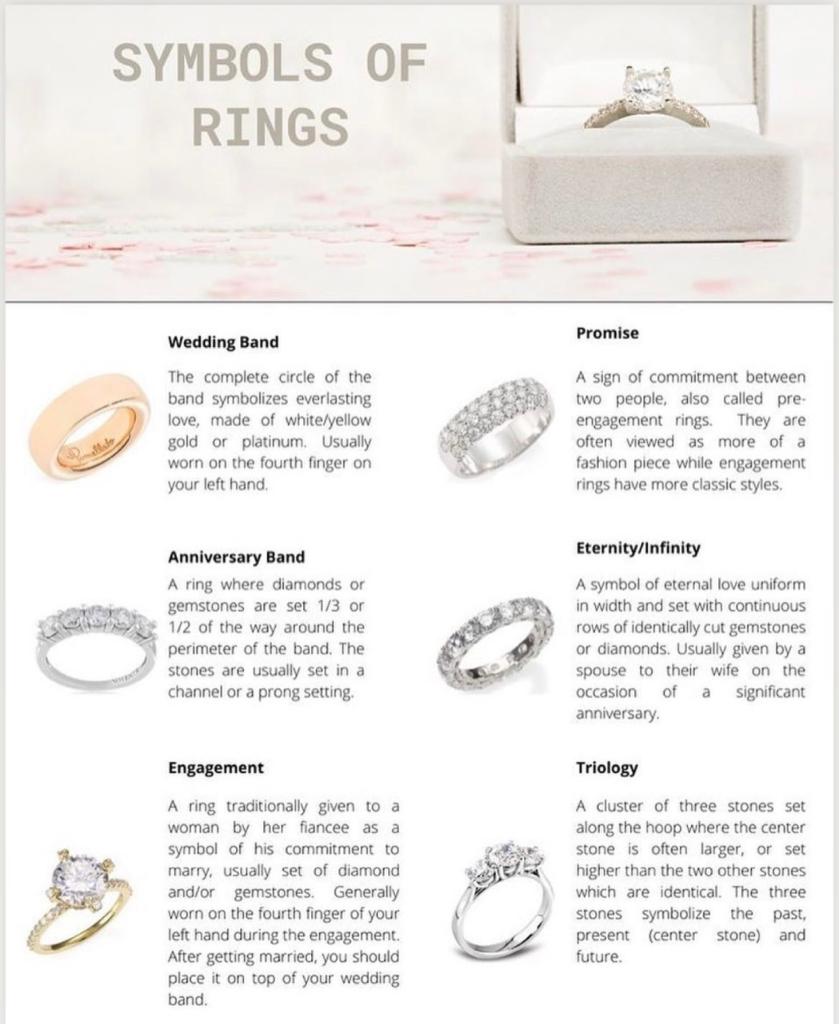
Symbols of Rings
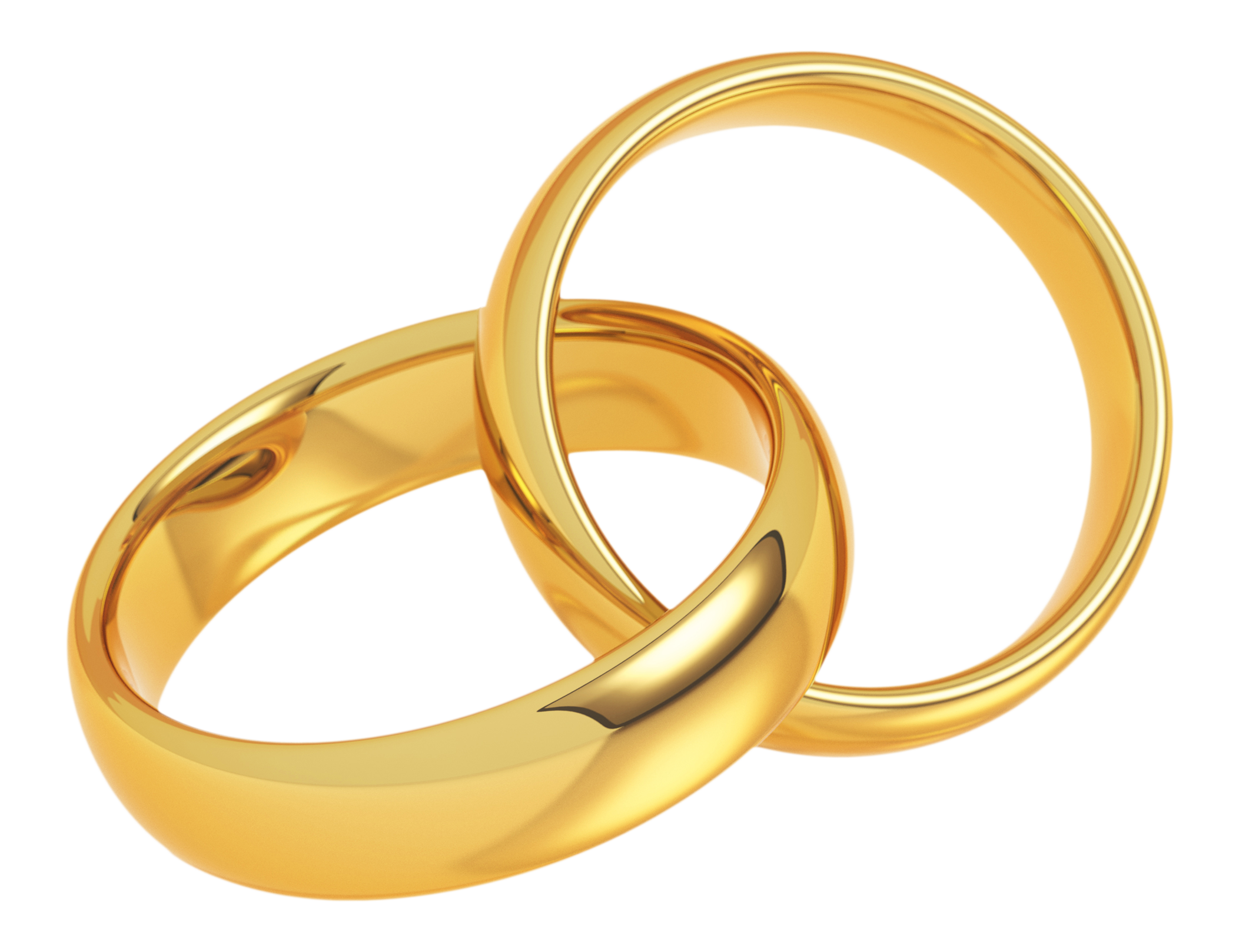
Wedding Band
The complete circle of the band symbolizes everlasting love, made of white/yellow gold or platinum. Usually worn on the fourth finger on your left hand.
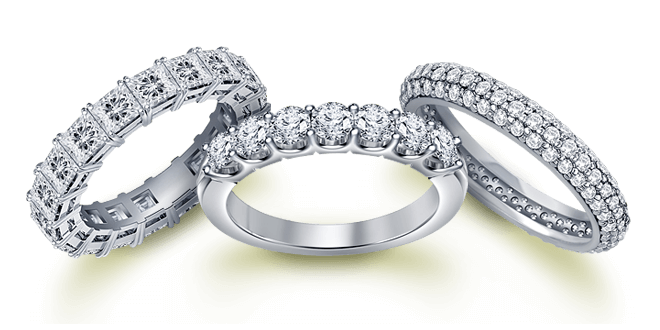
Anniversary Band
A ring where diamonds or gemstones are set 1/3 or1/2 of the way around the perimeter of the band. The stones are usually set in a channel or a prong setting.

Eternity/Infinity
A symbol of eternal love uniform in width and set with continuous rows of identically cut gemstones or diamonds. Usually given by a spouse to their wile on the occasion of 3 significant anniversary.
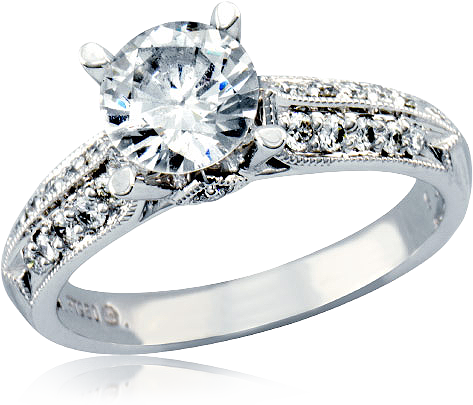
Engagement
A ring traditionally given to a woman by her fiancee as a symbol of his commitment usually a set of diamonds and/or gemstones. Generally worn on the fourth finger of your left hand during the engagement. They are often viewed as more of a fashion piece while engagement rings have more classic styles.
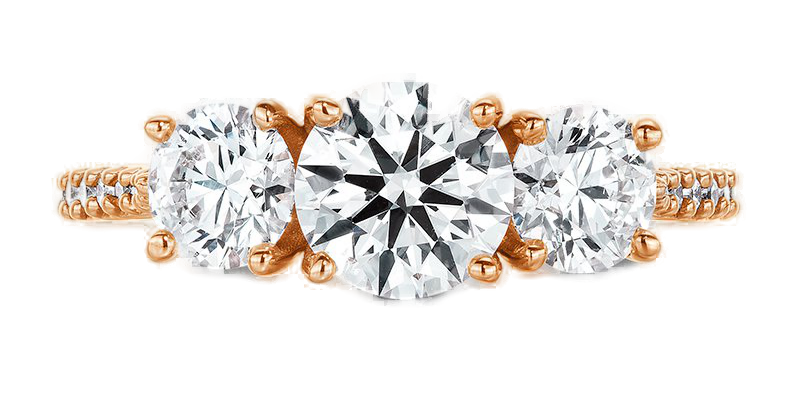
Trilogy
A cluster of three stones set along the hoop where the centre stone is often larger or set higher than the two other stones which are identical. The three stones symbolize the past, present (centre stone) and future.
***
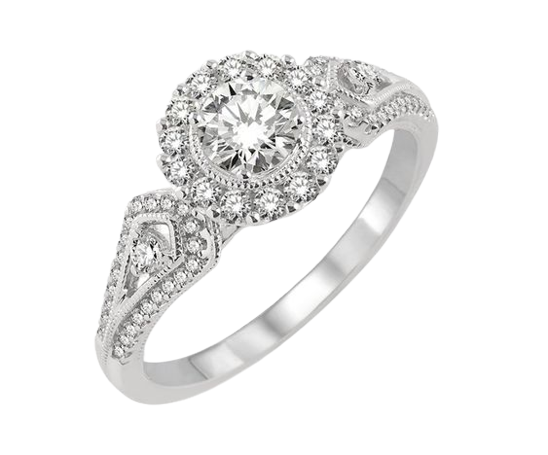
Prong
Use of four or six metal projections or tines, called prongs to secure à gemstone to a piece of jewellery. A common setting for diamond engagement. is rings, that allow light to strike a gemstone from more angles, increasing its brilliance.

Channel
As the name suggests, hold stones in a channel made in the band of the ring. They are popular for wedding bands and stackable rings that feature smaller stones without a centre stone.
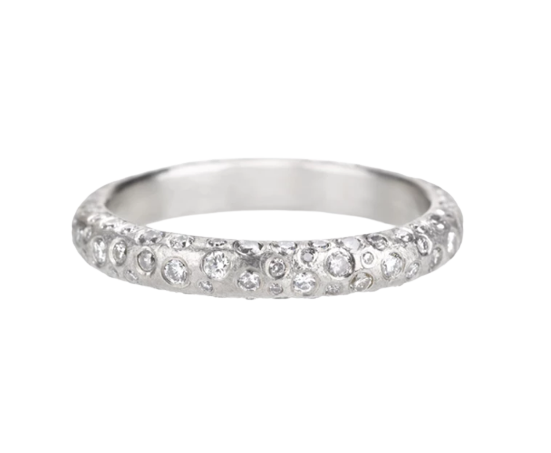
Station/ Flush
Gemstones into a drilled hole in the band of the ring specific points as in stations.

Pave
A setting that consists of a lot of small gemstones attached to the jewellery by droplets of metal. The surface looks like it has been paved with diamonds or other stones.

Baguette
Channel-set rings where the stores inside are all set in a row. with no brackets in between.

Bezel
Surround the stone with a bond of mete! fully or partially. Settings, where only part of the stone's cuter edge is held by a metal band, are referred to as partial bezel settings.

Inivisible
Hold the stone in a metal framework. That is underneath the stone and is not visible from the top of the ring to the difficult setting type which creates the illusion of larger diamonds.
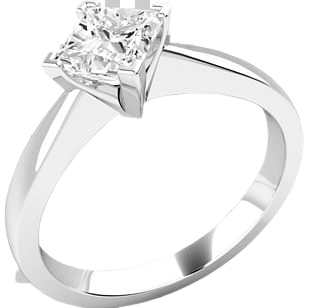
Tension
A ring in which the gemstone is held in place by pressure, suspended between the two sides of the shank. They reflect more light offering more brilliance and sparkle.
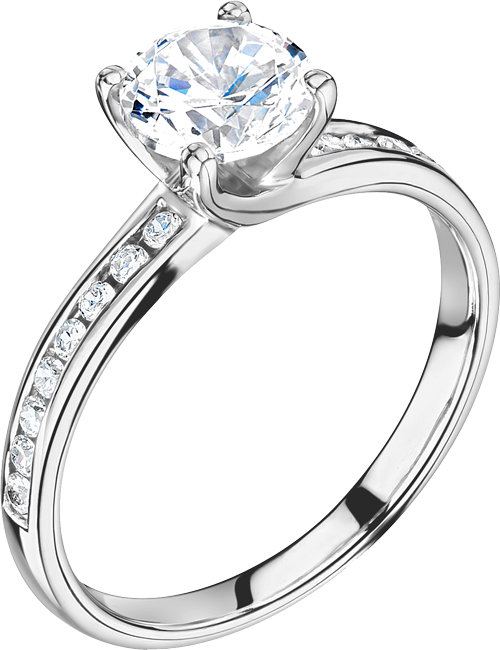
Cathedral
Gemstone or diamond held by metal arching prongs that go up to its girdle, this adds extra height and makes the centre stone appear larger. These prongs often resemble the graceful arches of traditional European cathedrals.
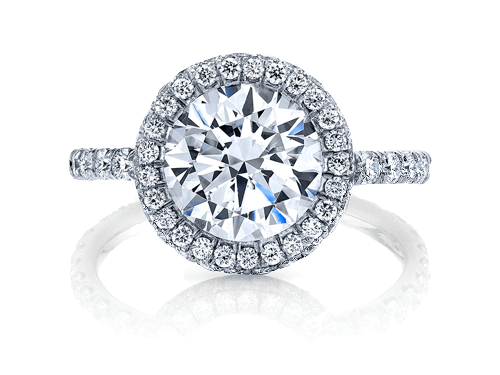
Halo
ring featuring a central diamond or gemstone framed by many smaller diamonds or gemstones. If the centre and accent stones are two different colours, it draws more focus toward the comer stone and makes it look larger.

